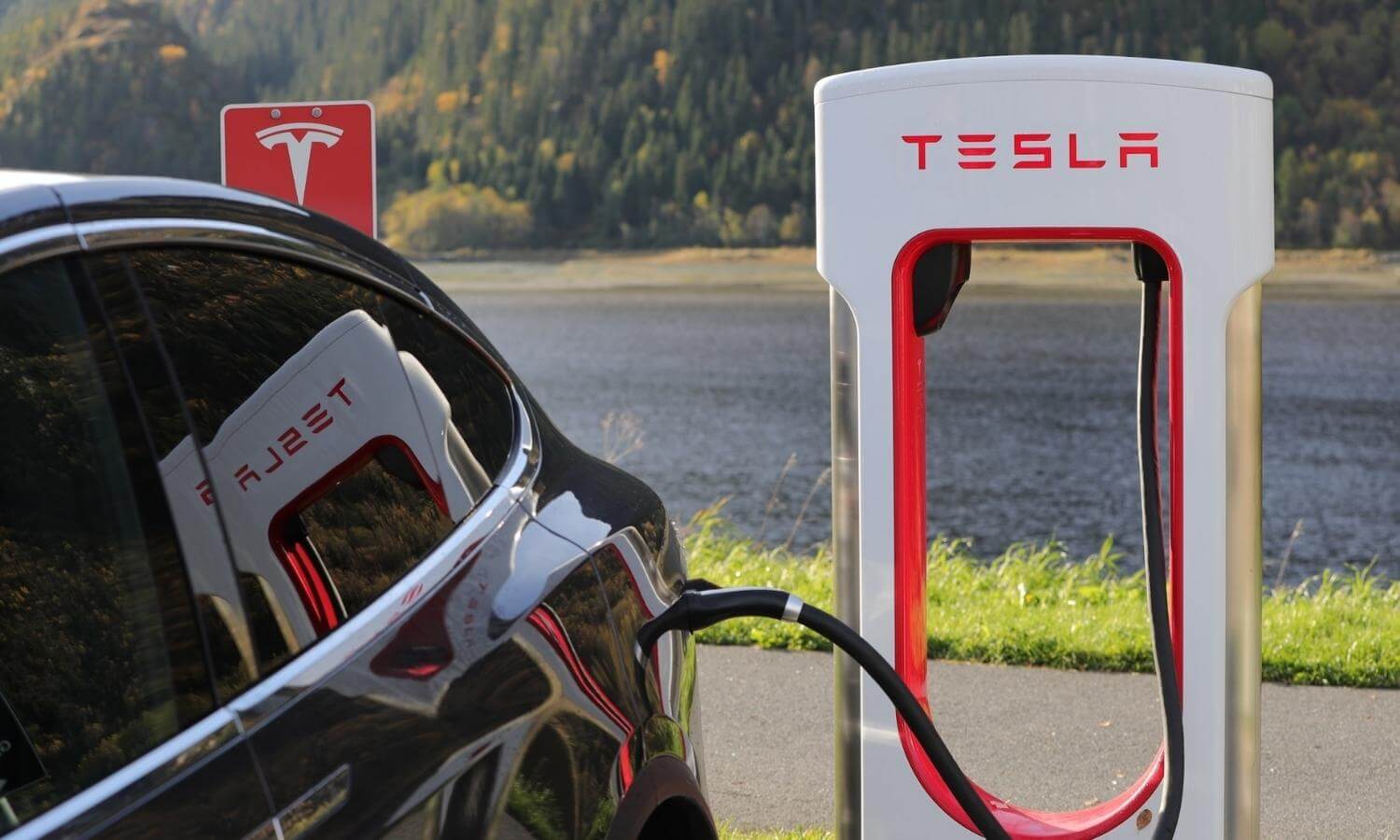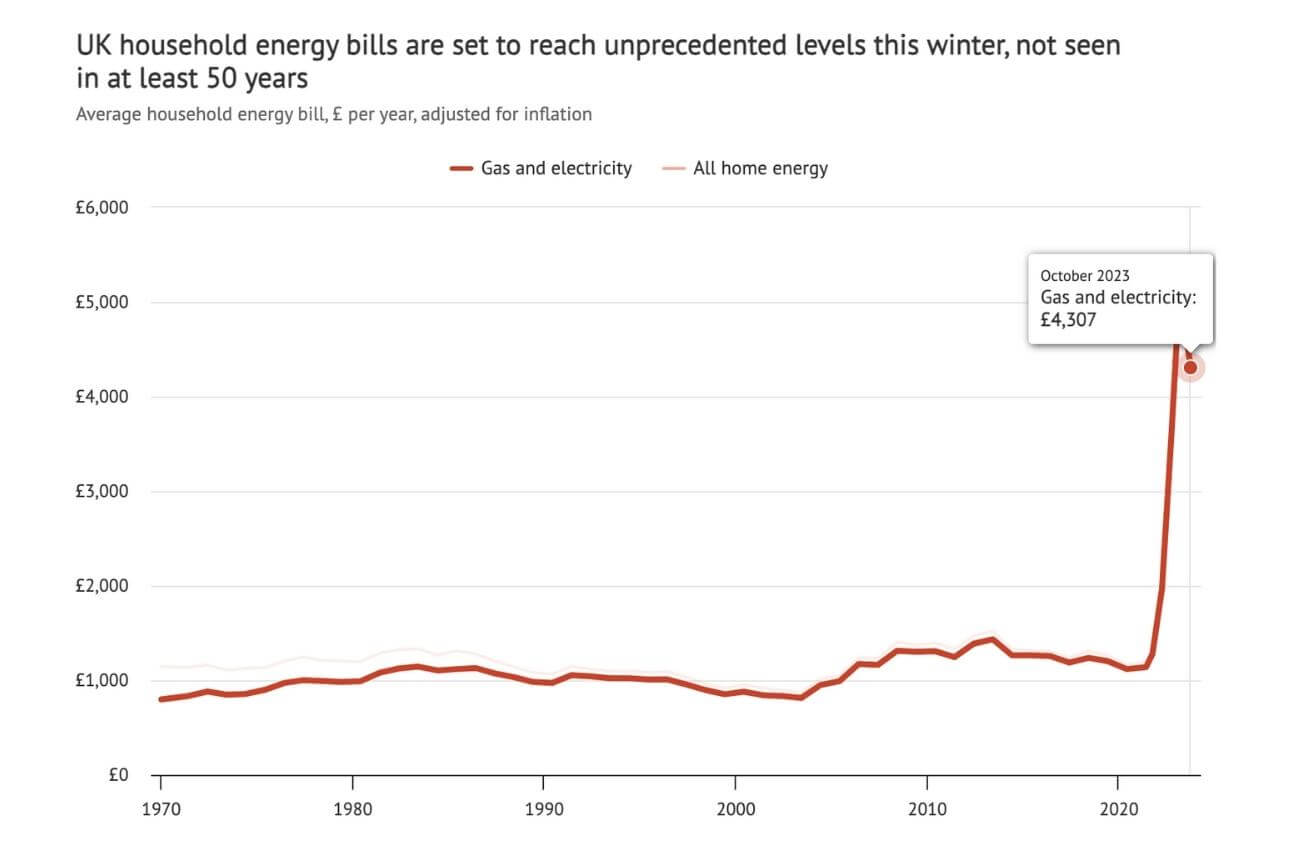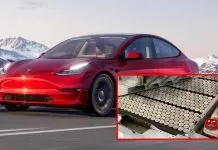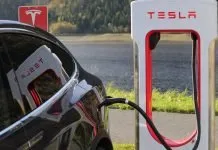As the automobile world was transitioning to a new era of revolution that was becoming the best choice for the customers since they came with more added advantages and were cost-effective but due to skyrocketing prices of energy, the Unique selling proposition (USP) of electric vehicles could soon be lost. This unforeseen shift is poised to redefine the calculations behind our vehicular choices and could potentially reshape the trajectory of the automotive market.
As per Ofgem (Office of Gas and Electricity Markets), the UK agency overseeing gas and electricity networks, energy prices are expected to surge by 80%, surpassing the current cap set on charges by utility providers for customers. Taking into consideration the inflation the total amount equates to an 84% hike in per unit electricity cost that will be hiked from 28% to 52% per kWh that hike will be reflected from 1st October 2023.
Now you might ask, electricity can be generated from various sources, why rely on Natural Gas so much? The answer to this is that natural gas stands out as an immensely impactful determinant of electricity pricing. This prominence emerges due to the prevalent practice of compensating gas-burning generators to activate when electricity demand surges on grids.

Table of Contents
Electric Car vs Petrol Car Running Cost
Comparing the distance that each car would run would bring out the real difference. According to Telegraph Money, A Kia Niro, relying on a full tank, can travel a substantial 583 miles. However, if you’re behind the wheel of an e-Niro electric model, you’d need to set aside an additional £10.11, totaling £86.73, to cover that same distance.
The difference in cost arises from the fact that the e-Niro, while commendable, offers a range of 184 miles on an 80% charge. This price increases when you charge at public charging stations. Unlike home charging, these stations aren’t bound by the energy price cap, which means green-conscious motorists could find themselves shelling out even more when charging on the go.
So, the tale of costs and mileage comes down to this: while electric vehicles can be more cost-effective in the long run due to lower maintenance and energy efficiency, the immediate financial picture is influenced by when and where you recharge.
Why Electric Cars Are So Expensive
According to Cornwall Insight, a trusted industry analyst, there’s a projection on the horizon that might not bring good news for households’ energy budgets.
UK Electricity Prices Forecast
They anticipate that the average annual energy bill for households could climb by a substantial 50% in January, reaching a total of £5,387($6,859.80) This surge follows a decision to reassess the energy price cap every three months rather than every six months.
Now, let’s break it down: The energy price cap is like a protective ceiling set by the authorities on how much utility companies can charge for gas and electricity. It’s designed to keep costs in check and prevent them from spiraling out of control. However, with the decision to review this cap more frequently, the upward adjustments in prices could occur at a faster pace. In April 2023, analysts predict the energy price cap could potentially spike even higher, reaching a considerable £6,616 ($8,424.81).

In simpler terms, this means that the money you spend on your household’s gas and electricity bills could see a significant increase in the coming months. It’s essential to stay aware of these changes and consider how they might impact your budgeting. This will impact the charging since most of us charge our vehicles at home and this could have a proportional relationship.
Higher Upfront Cost of EVs
The cost of a Ford Mustang is around £28,396.93 ($30,928) and the Mustang all-electric basic model would cost around £39,486.61($43,006.84) with a range of 321 miles. The difference between these is roughly £11,090 which makes it less desirable.
The other same example of such a price rise is MG ZS which costs around £16,795 ($18292.27) and its electric counterpart costs around £30,000 ($32674.50)
The logic behind this huge price difference is the raw materials and the critical materials used in these electric models.
For example, the European Union’s demand for lithium, a crucial ingredient in electric vehicle (EV) batteries, is projected to skyrocket twelve times over by 2030. Why is lithium so important? Well, it’s like the secret sauce that helps power those cleaner and greener technologies. Now, let’s take a step back and consider the EU’s current situation. Right now, a whopping 97% of the EU’s magnesium—the stuff used in various automotive parts—comes from China.
South Africa chips in to cover 71% of the platinum group metals needed for car components, while Türkiye is the source of 98% of the EU’s borate, which is another vital ingredient. Feeling a little too dependent on other parts of the world for these critical resources, the EU is taking action. They’ve set a goal that by 2030, they want to make sure that no more than 65% of the materials they use every year come from a single foreign country.
In other words, they’re aiming to diversify their sources and become more self-reliant when it comes to the raw materials that keep their industries moving forward. So, while it might seem like a jumble of numbers and materials, the story here is about the EU’s determination to secure its own supply of the building blocks that go into the cars of tomorrow.
Russia-Ukraine War Impact on Electricity
The war in Russia-Ukraine has also led to an increase in the prices of electricity as the European and American countries continue to oppose it. In retaliation, the President of Russia, Putin decided to pull the plug on the gas supplies to the European and American countries. The surge was witnessed last year when the prices for electricity in the UK increased five-fold.
In the present scenario, the governments are going for a subsidized approach to keep the green revolution running in their countries. In Germany, the Ministry of Economics proposed that they would contribute 80% until 2030 costing around £4 billion each year. But this proposal is facing a lot of criticism from the opposition that does not want to bring such a heavy toll on the books of the state.
EV Subsidy Withdrawal
In the past, there was this discount of £2,500 if you wanted to buy a car under £35,000, and £1,500 for cars under £32,000. But now, people who want electric cars might have to dig into their pockets for a few thousand pounds extra to afford the car they want. The same situation was experienced in the USA where the tax reduction on Tesla has been $7,500 and now the incentive is likely to go down by December 2023.
So this shows the government is now slowly pulling its support from the subsidies. This could be due to the excessive burden on the fiscal balance of the government.
Waiting Times for Electric Cars
According to Electrifying, the waiting time for getting the delivery of electric cars is an average of 21 weeks higher than the 39% hitting the peak in October 2022. The potential reason according to our understanding is the lack of material to produce electric cars. Since the US and Europe are engaging in a de-risking strategy with China the biggest producer of electric car raw materials.
Along with that, the higher interest rate by the Federal Bank of the USA makes imports more expensive. Not only this, but the Russia and Ukraine war has also put a lot of constraints on the raw materials that come in handy with the sanction. So yes, these all apply to the narrative of geopolitics.
But we cannot ignore the internal politics among the car manufacturers that have led to a huge upside-down trend. Tesla has been reducing the prices of its cars across all the markets and this has led to price reductions by other rival brands. There are reports buzzing about the recession entering various economies so customers are avoiding investment in extravagant things and being conscious.
Writer’s Remark
In the end, concluding the whole price rise charade, it can be said with certainty that prices across different commodities are destined to rise but we cannot ignore the geopolitics at this stage and make better and informed choices.
As technology advances and global dynamics continue to shift, our understanding of what it means to own and operate an electric car will undoubtedly evolve. The unexpected turns in this journey, though surprising, illuminate the intricacies of the interplay between innovation, economics, and environmental aspirations.
(Disclaimer: This article aims to provide information without bias, respecting your preferences. It does not seek to influence your choices. The content is tailored to the UK audience, and all facts are region-specific.)


















